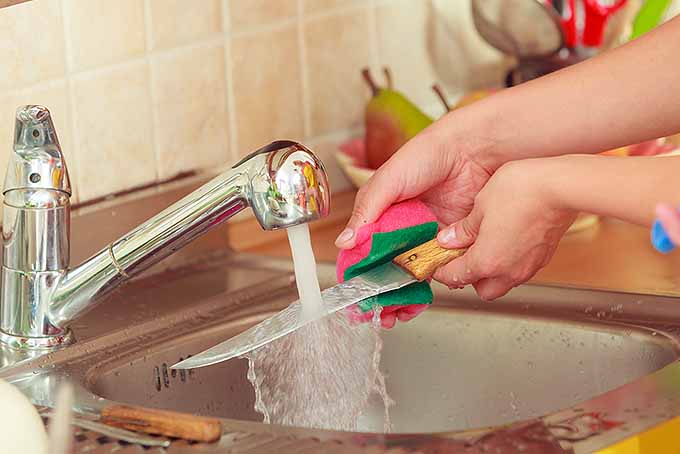
A kitchen is a dangerous place. That’s why anyone who has ever been to culinary school takes great pains to minimize hazards and ensure proper food handling. Many basic skills such as proper knife technique and wearing the right clothing contribute to a safer cooking environment. But just because you lack professional training doesn’t mean you can’t work in a kitchen. You need to learn the basics of kitchen safety to prevent accidents.
The rise of home-based food businesses also has to an uptick in kitchen accidents. Some upgraded their old kitchens, while others have built outdoor kitchens. While home kitchens usually aren’t as hectic as commercial kitchens, accidents may still occur. You also have to take extra precautions if you have pets or small children. Kitchen safety is the same wherever you are, and it’s important to prepare for any scenario.
Here are a few things you can do to prevent accidents while in the kitchen.
1. Wear the Right Clothing
You still need to wear proper kitchen clothing, even if you’re working from home. While you don’t need to buy a uniform, it still pays to know what you can and cannot wear in the kitchen. For starters, make sure to avoid shirts with long sleeves. The fabric can easily catch fire in a hot kitchen. If possible, only wear sleeveless or short-sleeve shirts.
Next, you’ll also need a pair of kitchen shoes. Kitchen shoes are designed to be non-slip (handy when walking on slippery surfaces) and protect against spills and falling objects. The last thing you need is a sharp knife going into your foot.
2. Learn Fire Safety
With nearly 190,000 residential cooking fires recorded every year, everyone in the kitchen must know how to prevent and fight fires. Most home fires start in the kitchen, and basic fire prevention can prevent a small mishap from turning into a disaster.
Make sure to have at least one or two fire extinguishers in your kitchen. All kitchen staff also need to learn how to use them. You’ll only have a few seconds before a small fire becomes uncontrollable, so it’s important to act fast.
You’ll also need to learn the difference between electric and grease fires. As a rule of thumb, water shouldn’t be used to extinguish kitchen fires, especially if there’s a lot of oil involved. Use baking soda or a large cover to cut off the air supply and smother the fire.
Finally, make sure the cookware handles are turned away from people. An accidental bump can cause your pot or pan to fall and spill its hot contents on people. Always have multiple dry mitts and potholders in a designated area for ease of access. Do not use a wet potholder when handling anything on a live stovetop, as the heat will turn the water into steam and burn you.
3. Use a Sharp Knife
There’s nothing more dangerous than a dull knife in a chef’s hand. Even if you practice proper knife technique, you’re more likely to make mistakes and cut yourself when working with a dull knife. Make sure to sharpen your knives regularly.
The easiest thing you can do is to buy a knife sharpener. That way, anyone in your kitchen can sharpen their knives whenever they need to. You’ll also need to have a good selection of knives on hand. Each type of knife serves a particular purpose, and you need to use the right one for the task. You wouldn’t want to use a fillet knife to cleave through thick pieces of meat.
4. Wash your Hands as you go
Poor sanitation and cross-contamination are two main causes of food poisoning. Kitchen workers need to wash their hands before and after tasks. For instance, you’ll need to wash your hands first before moving from cutting raw meat to assembling a finished dish. As a rule of thumb, wash your hands before switching tasks. You can minimize any gridlocks by sticking to one task or station.
5. Use Multiple Chopping Boards
We all want to minimize the amount of work we need to do, but one area you shouldn’t cut corners is food safety. Specifically, make sure to use different chopping boards for meats and produce. Using a single chopping board can lead to cross-contamination and get your customers sick.
A Final Word
These five tips will help you prevent kitchen accidents and ensure food safety. While the kitchen can be dangerous, it’s easy to learn how to practice basic skills that will keep you, your staff, and your customers out of harm’s way.


